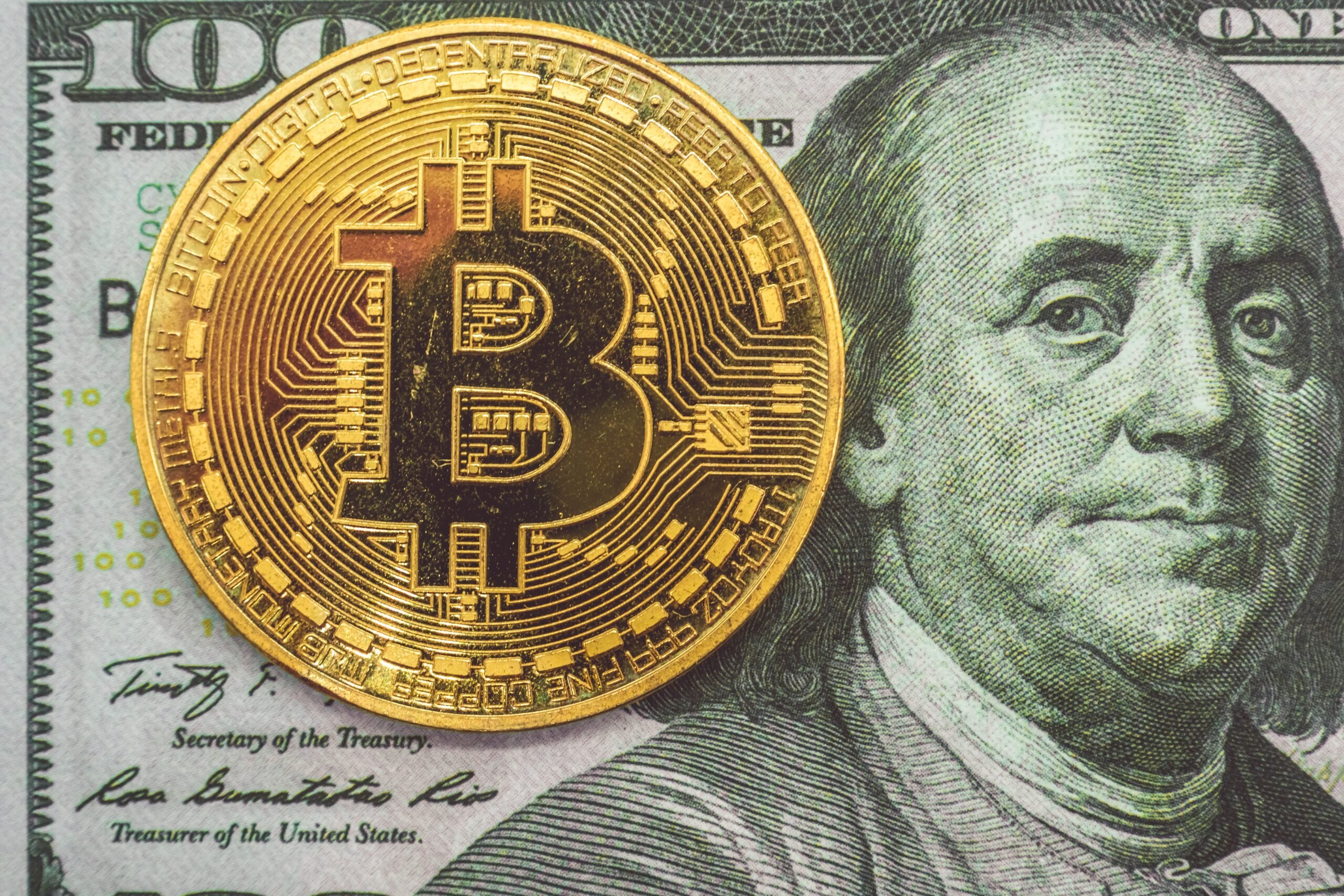Bitcoin market valuation is once again on everyone’s lips. From October to today, bitcoin has risen from €10,000 to an all-time high of over €30,000 and remains at a very high level at the moment. The planned entry of PayPal into cryptocurrency trading, which PayPal announced on October 21 last year, is cited as the most important trigger for this bull run.
What’s interesting in this context is that while the announcement was enthusiastically received by the crypto scene. The real reason for getting started, however, somehow didn’t come through as strongly, as I found out for myself from a payment & banking discussion in Clubhouse on Crypto. Even people in the financial services industry have misinterpreted the driver in the discussion. So what was the real reason for PayPal’s move?

Let’s first look at what PayPal itself says about the issue in its press release, then that says a lot. It often helps a lot to read more than just a headline and not just the coverage of press releases in other media :)
- Service for PayPal users to trade and hold cryptocurrency (Bitcoin, Ethereum, Bitcoin Cash and Litecoin).
- Use in the first step for US PayPal customers. Expansion to Venmo P2P method and international expansion planned for global users of Paypal in H1 2021.
- Cryptocurrency as an additional acceptance for PayPal’s 26 million merchants.
- Instant conversion of cryptocurrency held into fiat currency for payment on the PayPal network with no additional fees.
- No additional fees for the merchant when customer pays with cryptocurrency (Note: Compared to PayPal fees charged anyway).
- Cryptocurrency as another funding source at PayPal besides card, debit, etc.
- Objective “Build understanding and adoption of cryptocurrencies” and “Explore and invest in the next generation of financial services infrastructure.”
- PayPal will receive an additional license from the New York State Department of Financial Services as a basis for entry.
However, in the general understanding of the market (and also in our discussion in Clubhouse) the only thing that seems to have stuck is that PayPal now provides a low-threshold entry into buying and holding cryptos. If this were really the case, however, the question of “why” arises? There are quite a few regulated marketplaces where customers can buy and hold Bitcoin & Co without any dedicated prior knowledge. Also, some cryptocurrencies have long been able to be paid for with Paypal. So where would be the point of PayPal as a late-mover getting into the business now as well? Where does PayPal really stand out against, say, a Coinbase that is currently planning a IPO with a market valuation of $75Billion?
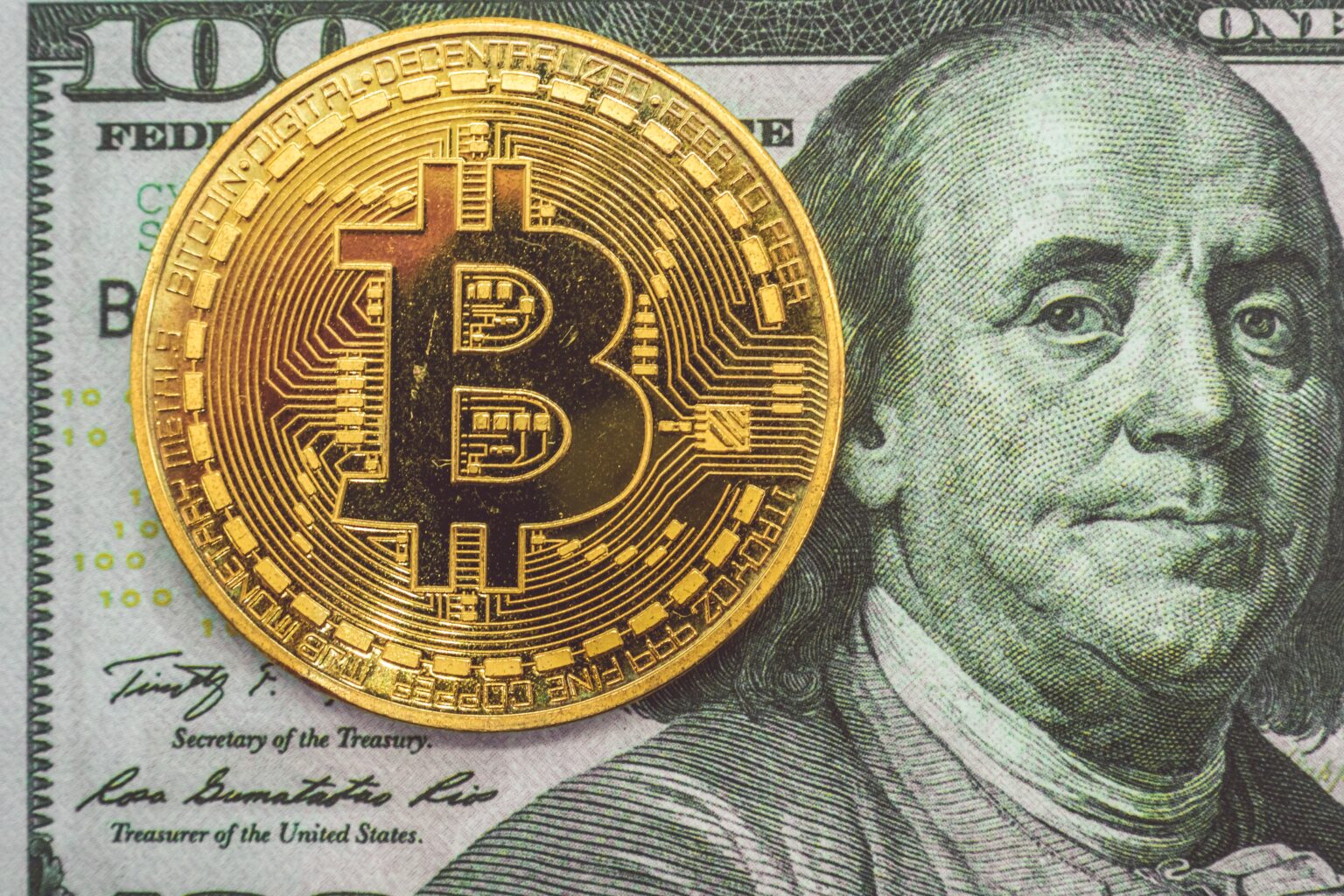
But the real reason for getting started is quite different. The reason is the biggest cost block in PayPal P&L and is called “Transaction Expense” and “Transaction losses” in PayPal’s annual report and the related impact on PayPal’s core business. This cost block is comparable to the branches of retail banks. If there’s any tweaking of costs, it’s there.
A quick look at the 2019 balance sheet, and there PayPal’s P&L, reveals that in 2019 PayPal generated net revenue of $17.7 billion and pretax operating income of $2.7 billion. The $15B difference. are the operating expenses. $6.7 billion of that, or 44% of all operating costs, is “transaction expense” and there’s another $1.38 billion of “transaction losses” on top of that. In total, transaction costs and transaction write-offs due to fraud, for example, account for 54% of all Paypal’s operating costs. So regardless of revenue growth, here’s a huge lever for PayPal to increase profits: cost reductions in transaction costs and depreciation.
What exactly transaction costs are and how they are made up is explained very well by PayPal themselves in their annual report, so I’ll just translate it:
Transaction Expense is primarily the expense we incur for accepting the customer’s payment method as a source of funds. These costs include fees for payment processors and other financial institutions to collect funds from the customer’s credit/debit card or bank account or for the use of other funds already held in the digital wallet. Transaction costs also include fees charged to partners to facilitate such transactions.
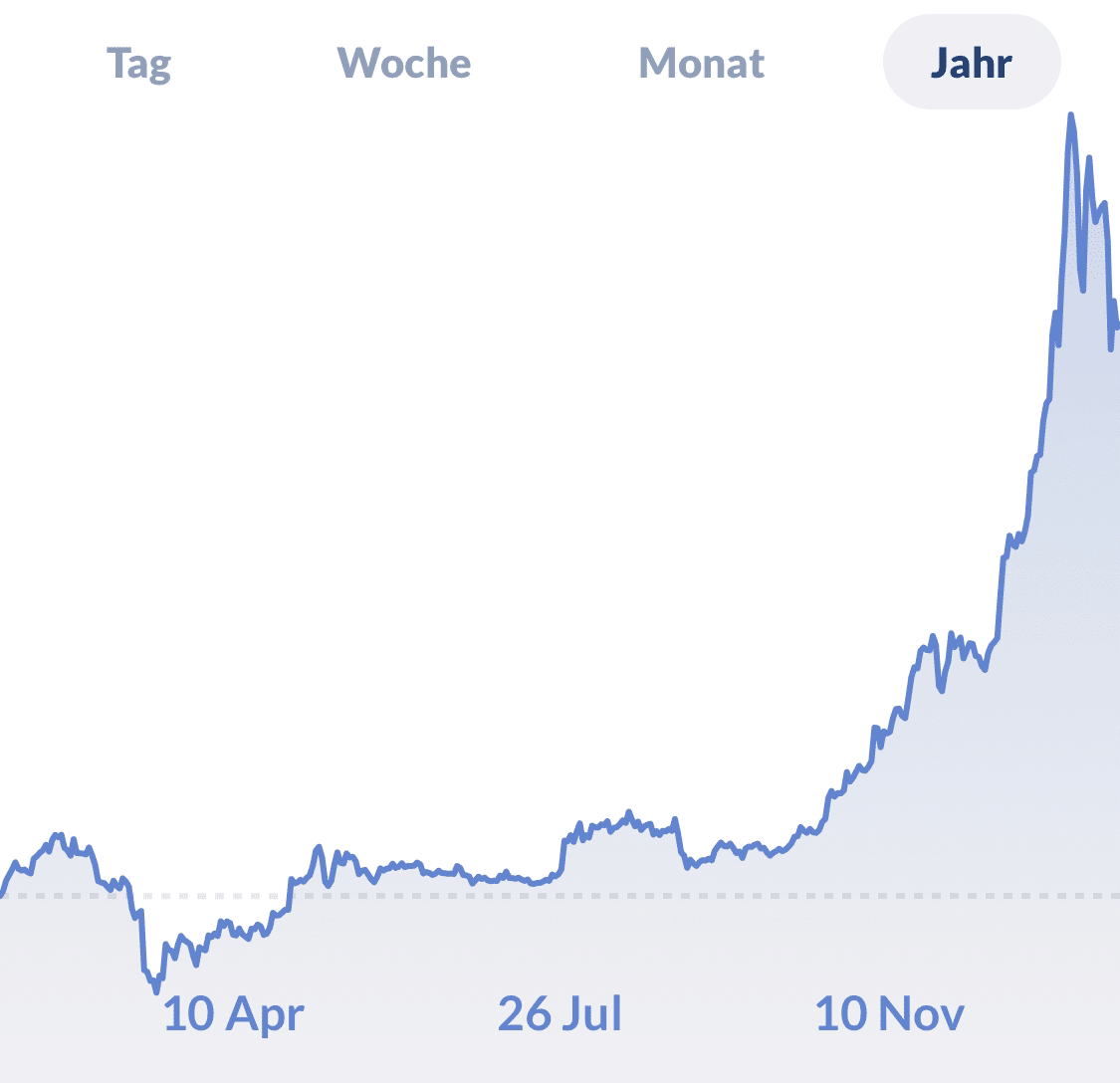
We refer to the allocation of different funding sources as our “Funding Mix”. The cost of a credit or debit card is generally higher than the cost of collecting from a bank account or from existing internal sources such as funds in the PayPal account, funds in the Venmo account or the PayPal line of credit. We are continually expanding the availability and offering of alternative sources of funding to our customers. Because of this, the composition of sources changes, which can result in both increases and decreases in transaction costs.”
Transaction costs and amortization accounted for 0.95% and 0.19% of PayPal’s payment volume in 2019. So in total PayPal has 1.14% pure costs per transacted Euro exclusively for the fees of the feed of funds into the PayPal account by the customers. In addition, there are the fees for overhead/staff, customer support, marketing, technology and development, etc. From this point of view, transaction fees towards the merchant have to be well above 1.14% on average if PayPal wants to generate profits. The average transaction fee collected in 2019 was 2.5% ($17.8Bn Net Revenue from $711.9Bn TPV/Total Payment Volume).
So much for a look at PayPal’s 2019 annual report. If PayPal now wants to turn the profitability screw, the transaction costs are the strongest lever and here we come full circle to the topic of cryptocurrencies. The move into cryptocurrencies brings three very exciting starting points for PayPal to move the lever:
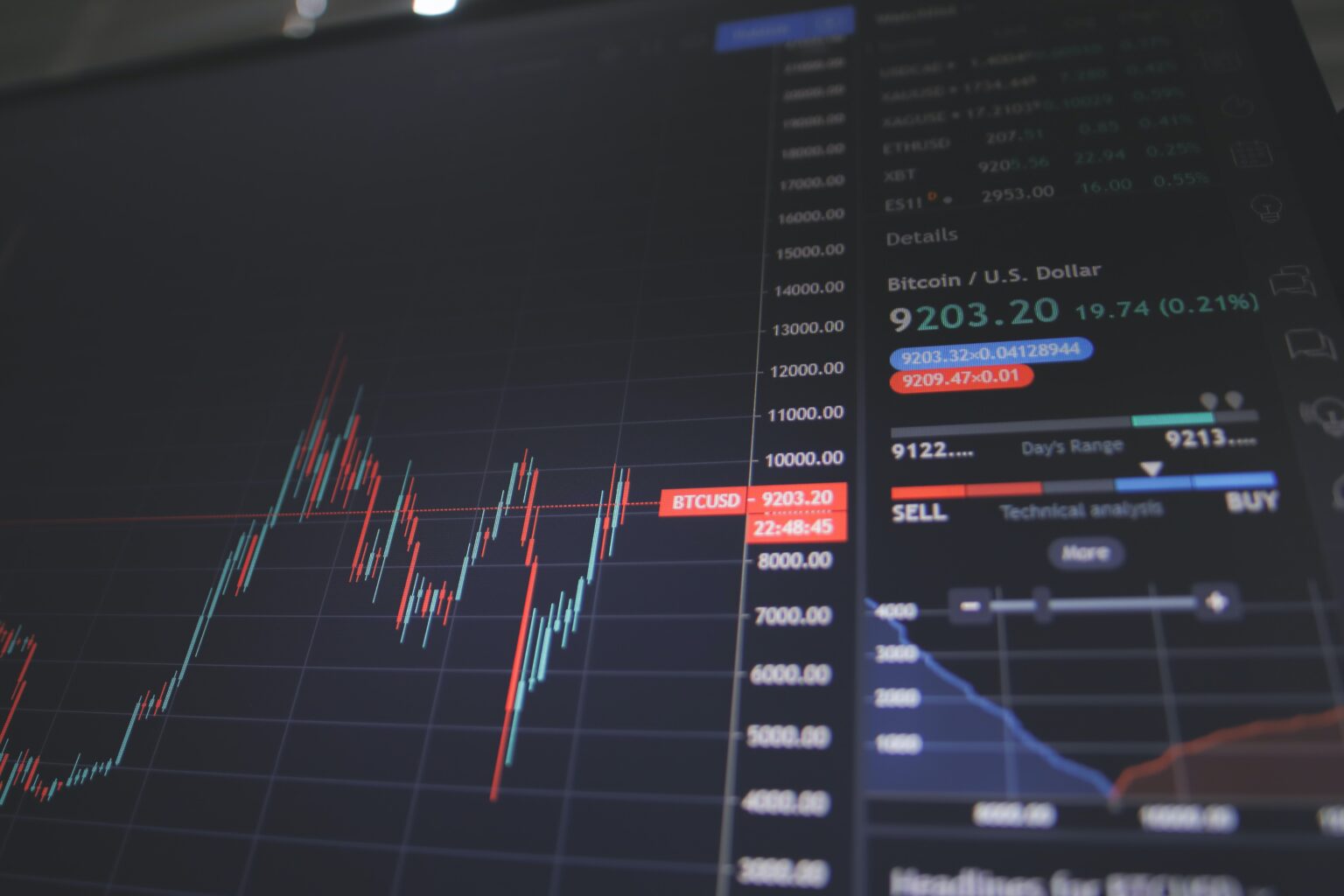
1) From funding costs to funding income
As detailed above, Paypal must pay significant fees for each transaction with money coming into the PayPal ecosystem. With the entrance into the Cryptothema now for the first time a paradigm shift is present. PayPal no longer has to bear transaction costs, but can generate revenue for the first time! For the purchase of Bitcoin, for example, the end customer pays a one-time fee to PayPal. This, it can be assumed, includes a margin for PayPal and thus for the first time there is a funding method for which PayPal receives revenue when the customer contributes (crypto) money to the PayPal system. If the Bitcoins are then used as a payment method for purchases at PayPal, as hoped for in the press release, PayPal continues to generate the revenues from the merchant (see above on average 2.4% of the transaction amount) but can do without the almost 1% transaction costs. PayPal has turned the signs around and is even earning on the transaction for the first time on both sides. So both customer pays a fee (buying the Bitcoins via PayPal) and the merchant pays his usual PayPal fee.
2) Cryptocurrency stays in the PayPal ecosystem longer
As is well known, Bitcoin is not a valid payment method for the mass market, contrary to Satoshi Nakamato’s plans. I explained this here on the blog back in 2017 using Bitcoin’s scaling problems, which continue to this day. Bitcoin is instead crystallizing as an asset class, and in the bitcoin/crypto community “Hodl” is a common phenomenon, i.e. holding the assets instead of using them for payment. We may therefore assume that cryptocurrencies are held in the PayPal system much longer than dollars, euros, pounds or other currencies that are quickly “withdrawn” from PayPal by merchants or end customers, i.e. transferred to their own bank account. The longer a funding method is held in PayPal, the better for PayPal. The effect described above to move from funding costs to funding income repeats itself in a cascading fashion over and over again as cryptocurrency is turned over more frequently within the PayPal system. Bitcoin’s scaling issues don’t apply then either, as PayPal will likely act as a single wallet vis-a-vis the Bitcoin blockchain. Whether user A or B is currently holding the cryptocurrency is not transferred to the blockchain at all.
3) Transaction incentive for end customers: Pay only €98 instead of €100
PayPal has continued to optimize its funding mix over the past 20 years. Users from Germany know this: If a bank account is deposited, Paypal prefers to use it to collect the direct debit (which is cheaper for Paypal) instead of the credit card which is also deposited. No matter which payment method behind PayPal is used by the customer, the transaction amount is always the same. If the customer has to pay €100 via PayPal, PayPal does not pass on the different transaction costs to the customer. So there’s no offer of controlling the payment mix via markups or markdowns. Theoretically it would be conceivable that the customer would only have to pay €99 if he would balance the PayPal account by direct debit or even €101 if he would like to pay with his, for PayPal more expensive, American Express card.
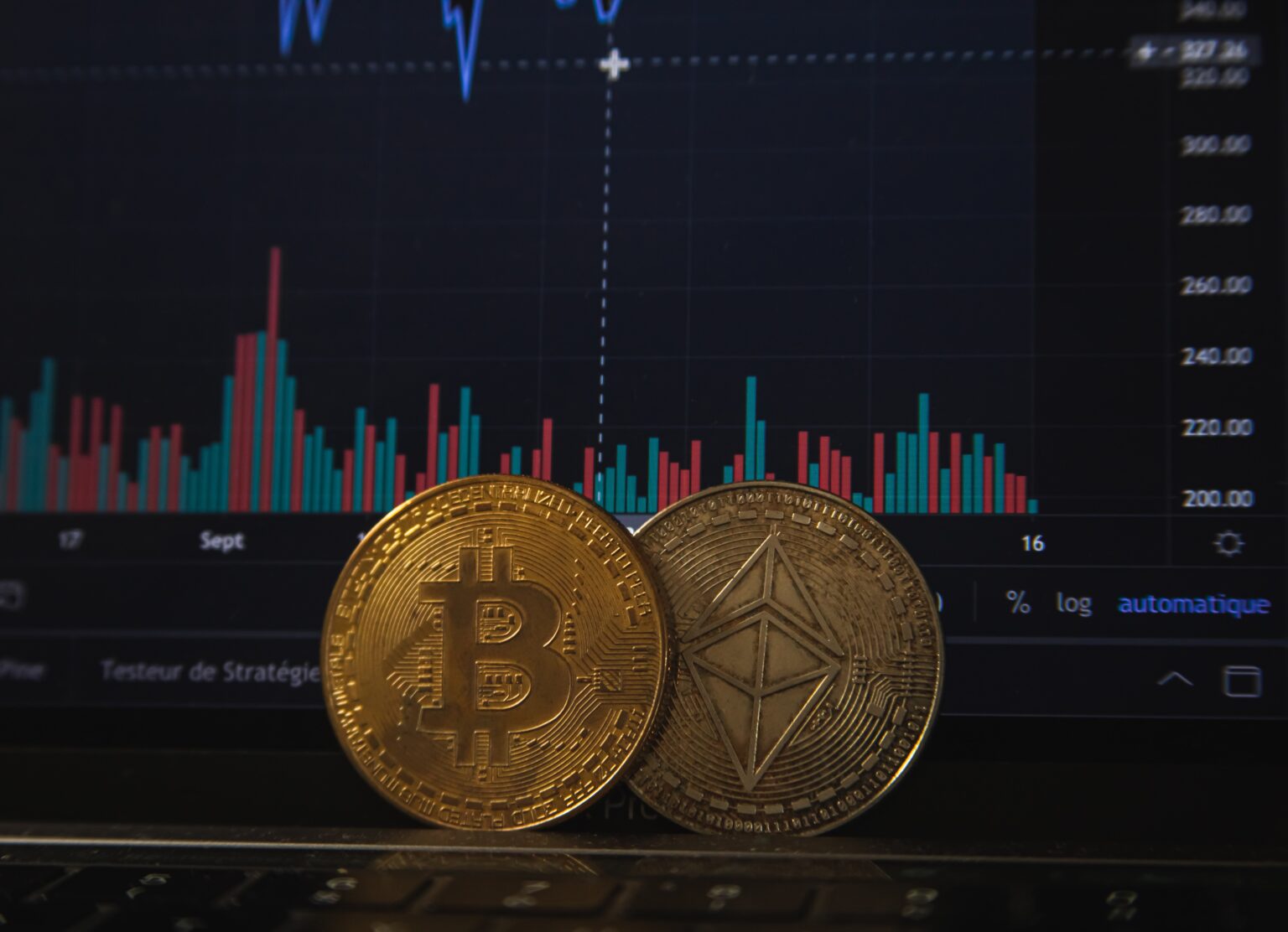
Since Paypal is now generating revenue for the first time with a funding method of the customer and at the same time it can be expected that the cryptocurrency will remain in the Paypal system more often, Paypal can also incentivize Crypto as a funding method for the first time. For example, the customer has to pay the merchant €100 for his goods, if he uses Bitcoin as a payment method, he would only be charged €98. For one, PayPal can pass on some of the lower transaction costs to the customer and also make a strong case against the tougher competition from other digital payment providers like Apple Pay Online, Google Pay Online, Amazon Pay, Facebook’s Libra but also European hopefuls like EPI. On the other hand, Paypal can use the savings to get the customer to buy cryptocurrency, which in turn leads to new revenue. Depending on the pricing, a higher revenue per transaction is also achievable for PayPal.
The three aspects outlined above represent a perfect ecosystem with positive network effects and thus a significant competitive advantage in the increasingly fierce competition for digital payment methods. If PayPal manages to establish such an additional ecosystem for cryptocurrencies, this will act like a vacuum cleaner for cryptos into the PayPal system. From this perspective, the rise in bitcoin’s value due to the PayPal move may not even be fully anticipated in prices yet.
